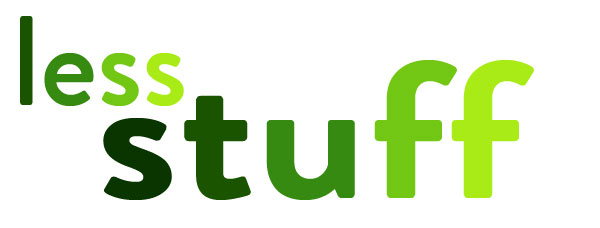
Less-stuff living Lagom in the Japanese CNN English Express
In a nutshell – this is an article in the Japanese CNN English Express and it features my experiences with Ikea and Live Lagom.
Last month I was contacted by the very lovely Hiromi who is a word researcher and writer for a monthly magazine “CNN English Express” published in Japan. She had some questions about living Lagom that I was more than happy to answer. The article is below and my name “リサ・コール” is in Japanese at the 4th paragraph on the left side, along with some quotes from me about the Ikea Live Lagom project.

The question
Hiromi asked me “How did your “Live lagom” project start in 2014? Who decided to use the word “live lagom” and who came up with it?”
The original reply, just in case your Japanese is as non existent as mine!
“My liveLAGOM project started in December 2016. I was chosen at random from Ikea Family Card members who lived within a radius of my local store. There are about 10 families in the Bristol area of the UK who have been given £300 each to make their homes more lagom with Ikea products. I had no understanding of the word at all before Ikea chose me, a Norwegian friend said that lagom to her means boring and dull. I understand it is a Swedish word that means just enough. I don’t know if you are familiar with the Goldilocks story? She steals porridge from 3 bears and the first is too hot, the second too cold but the third just right, or lagom.
Ikea are promoting the sustainable and ethical aspects of lagom too. It is lagom to change your lightbulbs to LED’s so that you save money on your electricity bill and lower your impact on the resources need to create electricity. It is lagom to wear more clothes and cuddle up under blankets instead of turning the heating up in winter. It is lagom to recycle and reuse so that you are being kind to the planet. There is a growing movement in the UK to repair what we have, that is a very lagom attitude.
For me, my website www.less-stuff.co.uk is about decluttering without being minimal, so the lagom idea is perfect for me and my readers. It has been wonderful to be part of the Ikea liveLAGOM project and it has made me think more about how sustainable our lifestyle is. Saving money by living an eco-friendly life is a bonus too.
Last year we had Hygge which no one could pronounce. I think it was a Danish word and there were many books about it, all with pictures of candles and nice iced cookies next to warm real fires. We all got a bit fed up of Hygge, it was everywhere, on every magazine, in every newspaper and in shop displays. This year has been Lagom and I suspect the British press will move onto another word that sums up how people want to live next year. However, the people who have been touched by the lagom spirit will probably continue as it is more of a lifestyle than a trend. I’ve saved 25% of my electricity bill by living lagom and that is a big incentive to be more eco friendly.”
Is Japan Lagom?
I took the opportunity to ask Hiromi a couple of questions about life in Japan. She said they do save money and energy but call it ‘eco’ from ‘economical’. Because Japanese people tend to work overtime and bring work home she didn’t think there was the balance that the Scandinavians have. They do have a brilliant make do and mend ethos and it has its own name of Mottainai.
Hiromi said:
“Since we live in a small house (my American friends call “a house for a rabbit”!), we always have to ask ourselves whether this is needed or not before buying anything. And we constantly tend to think of well-organizing our stuff at home. But at the same time, we have “Mottainai” spirit in our mind, which includes “reduce, reuse , recycle , respect” things. Here’s the example; my dress, which I wore yesterday, has been 10 yrs old. When I decide to throw it away, I’ll take the buttons (if it has), cut into some parts, and use it to wipe the floor. wall or something with them.”
She was surprised that a lot of people in the UK use tumble driers, in Japan they air dry even on balconies of tiny flats. I did explain it rains an awful lot over here so although I don’t have a tumble dryer I dry on the radiators inside in the winter.
It has been loads of fun swapping concepts with someone the other side of the world and I appreciate being asked in the first place. Although I can’t actually read the article it does look very beautiful!
